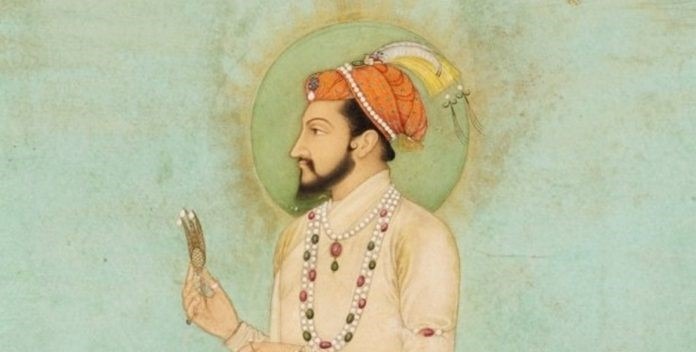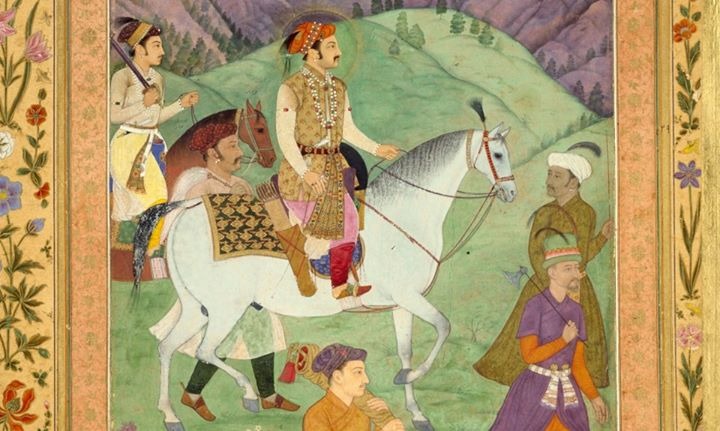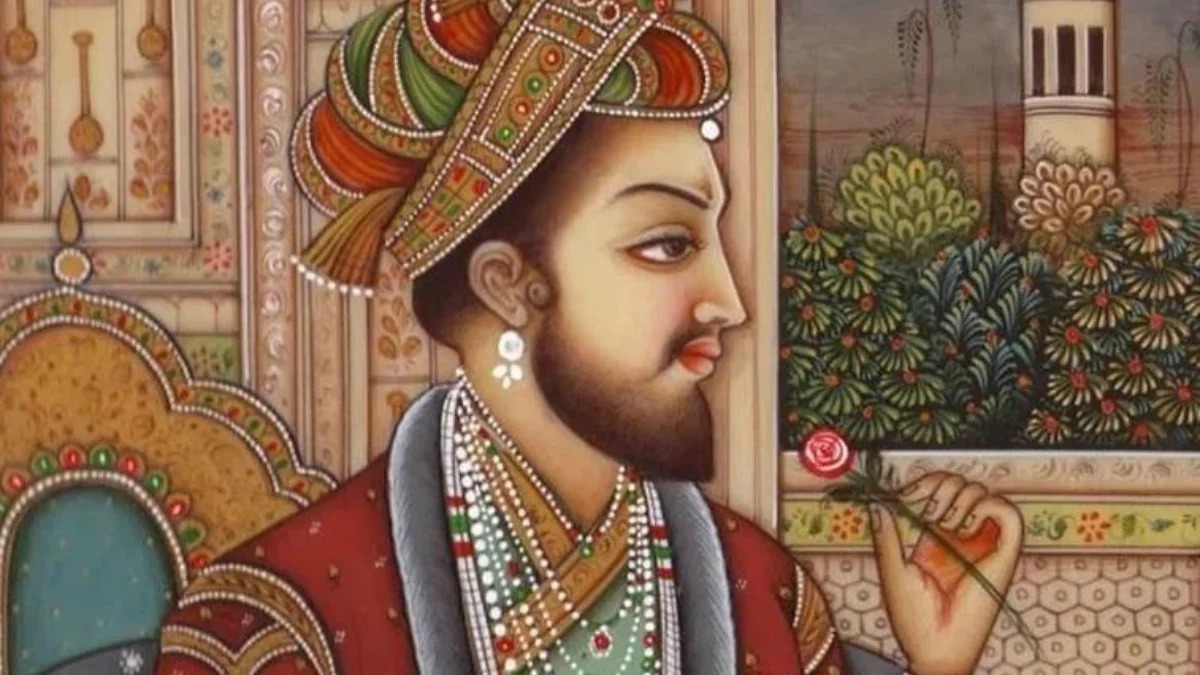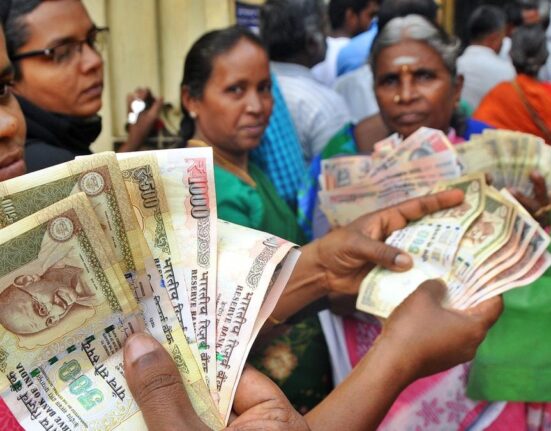परिचय
Shah Jahan, born Shahab-ud-din Muhammad Khurram in 1592, ascended the Mughal throne in February 1628 CE and ruled until 1658 CE. His three-decade reign is heralded as the “Golden Age” of the Mughal Empire—a period marked by grand architectural achievements, territorial expansion, economic prosperity, courtly magnificence, and deepening centralization. Yet beneath the surface glitter, the era also saw increased economic strain and the seeds of dynastic conflict that would later shake the empire’s foundations.

Background and Accession
Shah Jahan was the third son of Emperor Jahangir and Rajput princess Jagat Gosain. As Prince Khurram, he distinguished himself as a skilled military commander and astute administrator. His marriage to Arjumand Banu Begum (Mumtaz Mahal) earned him powerful connections within the Mughal court. Following Jahangir’s death in 1627, aided by political alliances—especially with Asaf Khan, the brother of powerful queen Nur Jahan—he successfully overcame rival claimants and was proclaimed emperor at Agra in early 1628.
Military Campaigns and Conquests
1. Deccan Campaigns
- Shah Jahan continued the longstanding Mughal policy of southern expansion. After defeating the Ahmadnagar Sultanate, he annexed much of its territory, while the rulers of Bijapur and Golconda were made tributary states. His personal leadership in the region ensured Mughal dominance over the Deccan, although independent Maratha forces would later challenge this control.
2. Northwest and Central Asia
- He launched ambitious, though largely unsuccessful, campaigns to reclaim Kandahar from the Safavid Persians in 1649–53, sending multiple expeditions that ended in failure.
- Attempts to secure Balkh and Badakhshan—regions bordering Kabul—were made to safeguard the northwestern frontier, but these too strained imperial resources with little lasting gain.
3. Bengal and the Portuguese
- Shah Jahan subdued rebellious local chieftains in Bengal and notably defeated the Portuguese, curbing their power in eastern India and strengthening the empire’s hold on Indian Ocean trade routes.
Administration and Policies
1. Governance
- Shah Jahan maintained the centralized administrative structure inherited from Akbar, including the mansabdari system (ranking of officers by military and civil service).
- He continued land revenue reforms begun by Raja Todar Mal, though rising military expenses and court extravagance forced increases in agricultural taxation, leading to rural economic distress over time.
2. Patron of Culture and Arts
- The emperor presided over the zenith of Mughal architecture, with his own reign dubbed the “Golden Age of the Mughal Builders.” His patronage saw the construction of some of the world’s most iconic monuments.
Architectural Legacy
1. Taj Mahal (1631–1653)
- Built in Agra as a mausoleum for his beloved wife Mumtaz Mahal, the Taj Mahal remains a wonder of the world, celebrated for its sublime symmetry, exquisite inlay work, grand marble dome, and evocative symbolism of eternal love.
2. Red Fort and Shahjahanabad (Old Delhi)
- In 1639, Shah Jahan founded Shahjahanabad (now Old Delhi), building the majestic Red Fort with its magnificent audience halls, palaces, and the private and public Diwan-i-Khas and Diwan-i-Am.
- The Jama Masjid, also constructed in Delhi, stands as India’s largest mosque, a pinnacle of Indo-Islamic architecture.
3. Other Works
- The Pearl Mosque at Agra
- Shalimar Gardens in Lahore
- The celebrated Peacock Throne, a symbol of imperial opulence.
Court Life, Economy, and Culture
- The court of Shah Jahan dazzled both Indian subjects and foreign visitors with its wealth, artistry, etiquette, and ceremony. Persian became the official language, and the arts—poetry, painting, music—flourished alongside architecture.
- Trade expanded with increased interaction with European powers. State income rose, but extravagant spending, costly campaigns, and architectural indulgence sowed the seeds of financial strain beneath the apparent prosperity.
Policies and Religious Outlook
- Shah Jahan adhered more strictly to Islamic orthodoxy than Akbar or Jahangir. While he preserved the broad-based administrative inclusiveness of his predecessors, he re-imposed some religious taxes and was known for the destruction of a few non-Muslim places of worship during campaigns.
- His reign nonetheless remained generally stable and integrated, and he made charitable grants to mosques and educational institutions.
War of Succession and Downfall
- Shah Jahan had four sons: Dara Shikoh, Shuja, Aurangzeb, and Murad. Favoring Dara Shikoh, Shah Jahan failed to firmly settle the succession.
- In 1657, he was incapacitated by illness, prompting a fierce war of succession among his sons. Aurangzeb, the ablest general and a shrewd tactician, defeated his brothers (notably at the Battles of Dharmat and Samugarh), executed Dara Shikoh, imprisoned Murad, and forced Shah Jahan to abdicate in 1658. Shah Jahan spent the last eight years of his life as a virtual prisoner in Agra Fort, reportedly gazing at the Taj Mahal from his chambers until his death in 1666.
Legacy and Historical Assessment
- The Mughal Empire reached its zenith in aesthetics, wealth, and grandeur under Shah Jahan; his architectural legacy, especially the Taj Mahal, Red Fort, and Jama Masjid, continues to symbolize India’s heritage worldwide.
- Yet beneath this magnificence lay growing financial pressures and the rigid centralization of power, which, combined with succession conflict, exposed weaknesses that would deepen under his successors.
- His era stands as both a climax of Mughal creative achievement and a prelude to the challenges that would unfold under Aurangzeb.

Interesting Facts
- The name “Shah Jahan” means “King of the World” in Persian.
- The Peacock Throne, designed during his reign, was one of the most opulent thrones ever made.
- Shah Jahan was a skilled builder even as a young prince, redesigning buildings in Agra Fort as early as age 16.
- His reign was contemporary with Louis XIV of France, another monarch associated with an age of baroque grandeur and absolutism.
निष्कर्ष
The reign of Shah Jahan (1628–1658 CE) represents the final dazzling bloom of Mughal imperial culture and statecraft. Through monumental architecture, artistic achievement, and regal splendor, his legacy continues to inspire awe—while the political, economic, and personal dramas of his rule shaped the fate of the subcontinent for generations to come.








इस बारे में प्रतिक्रिया दें